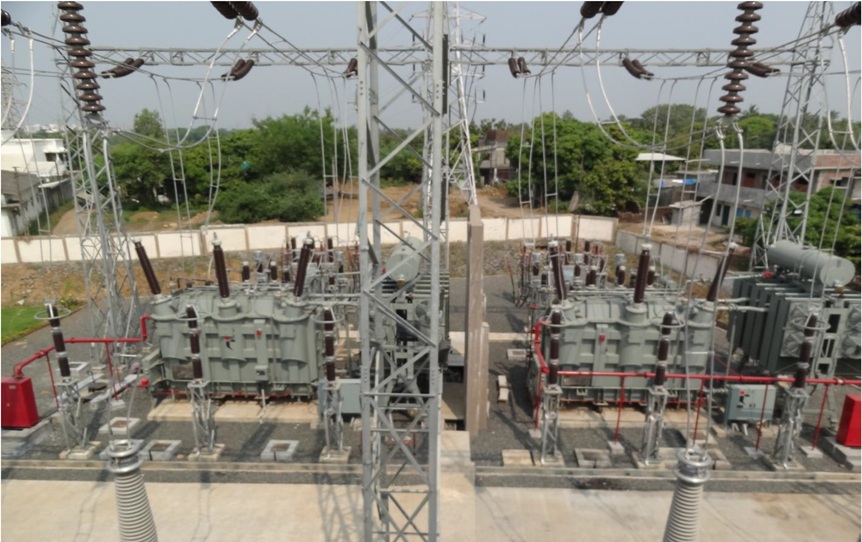The intrastate transmission system (InSTS) is expected to see investment of nearly Rs.1 trillion during the five year period from FY28 to FY32.
According to the newly-released The National Electricity Plan – Volume 2 (Transmission), a comprehensive document prepared by Central Electricity Authority, it is expected that the InSTS grid will see investment of Rs.99,296 crore (nearly Rs.1 lakh crore or Rs.1 trillion) during the five-year period from FY28 to FY32 (April 1, 2027 to March 31, 2032).
In physical terms, a total of 33,462 ckm of transmission lines and 1,81,940 MVA of substation capacity will be added to the InSTS grid, in the FY28-FY32 period.
Gujarat is projected to have a large share of around 50 per cent in this overall InSTS network augmentation – both in physical and value terms. This western state is likely to add 15,870 ckm of lines and 90,430 MVA of substation capacity to its intrastate grid, with an envisaged investment of Rs.49,494 crore.
The Plan document, observes that some states are firming up their intrastate grid expansion plans or have planned substations but not the associated transmission lines as yet. Due to this, the states figures for planned addition might undergo revision later.
It may be observed that the planned addition of transmission lines and substations on the InSTS side in the FY28-FY32 period is much lower than the comparable 63,502 ckm and 3,05,105 MVA in the immediately preceding five-year period, FY23 to FY27. It is even lower than 47,688 ckm and 1,86,928 actually added in FY18-FY22 period.
Planned addition in FY23-FY27
In the five-year period FY23 to FY27, which is from April 1, 2022 to March 31, 2027, planned addition to the InSTS network is 63,502 ckm of lines and 305,105 MVA of substation capacity. In the first two years – FY23 and FY24 – total addition has been 17,874 ckm and 91,045 MVA.
This implies that during the remaining three years, which is from FY25 to FY27, nearly 70 per cent of the target will need to be achieved. The annual average addition will need to be around 15,209 ckm of transmission lines and 71,353 ckm of transformation capacity.
Now, the long-term average addition to the InSTS network, during the seven-year period from FY18 to FY24, is seen to be 9,366 ckm and 39,710 MVA.
Hence if the planned addition for the FY23-FY27 period were to be achieved, the annual average addition in the next three years (including FY25) will need to be at least 1.5 times the long-term average seen in the past seven years, with respect to both lines and susbtations.
Performance in FY25
In the first half (H1: April to September) of FY25, only 2,493 ckm of lines and 1,31,75 MVA of substation capacity was added. The remaining two and half years will therefore need to see aggressive build-up of the intrastate grid infrastructure, if the targeted addition in the FY23-FY27 period were to be met.
Position as of end-FY32
Going by current plans, the InSTS network will have 3,53,644 ckm of transmission lines and 11,30,530 MVA of transformation capacity by end-FY32, which is March 31, 2032. This implies a 10 per cent growth over the projected level as of March 31, 2027, in terms of lines, and 19 per cent with respect to transformation capacity.
Note: This discussion takes into account power transmission infrastructure of 220kV or above only. However, in northeastern states still have 132kV infrastructure in some areas. Accordingly, 2,141 ckm and 2,120 MVA of 132kV lines and 132kV substations are planned to be added in northeast India during FY27-FY32. This quantum is not incorporated in the discussion.
Featured photograph is for representation only

